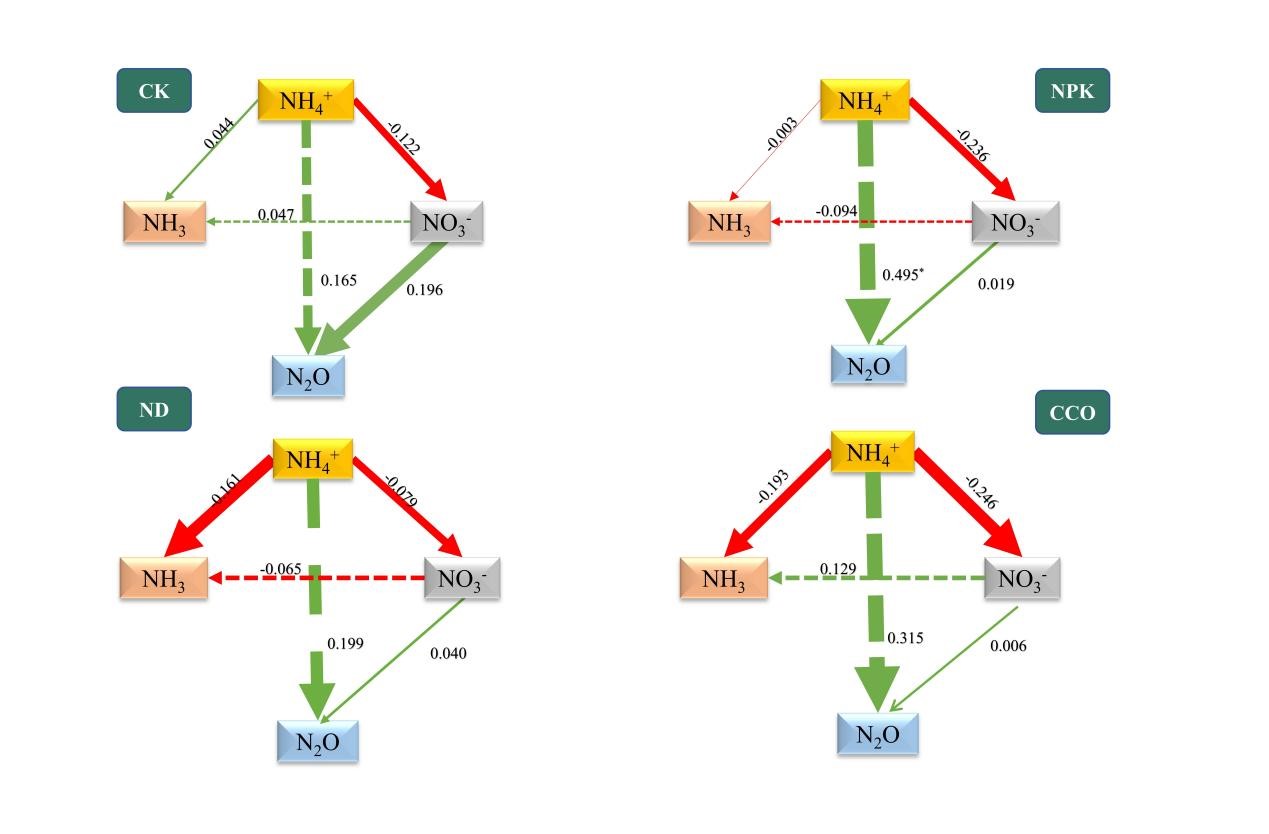Scientists Unveil Green Breakthrough in Fertilizer Technology to Boost Yields and Cut Emissions
Researchers have developed a new environmentally friendly fertilizer additive that significantly enhances crop yields while reducing emissions of harmful gases, representing a significant step forward in sustainable agriculture.
The team from the Institute of Applied Ecology, Chinese Academy of Sciences, has discovered that 2-cyclopenten-1-one (CCO), a plant-derived compound, serves as an effective dual-action inhibitor—a type of additive used in stabilized fertilizers to slow down the conversion and loss of nitrogen in soil.
Fertilizer inhibitors are often described as the “microchips” of stabilized fertilizers due to their role in optimizing nutrient efficiency in a manner similar to how microchips optimize the performance of electronic devices. However, conventional inhibitors such as NBPT (N-Butylthiophosphoric triamide) and DMPP (3,4-Dimethylpyrazol phosphate) have continued to face long-standing issues such as rapid degradation, high costs, and environmental concerns.
Through a combination of field trials and metagenomic sequencing at the National Agro-ecosystem Observation Station in Shenyang, the researchers compared the performance of conventional ND inhibitors (NBPT + DMPP) with the novel CCO compound. Their findings, published in the journal Soil & Tillage Research, indicate that both treatments reduce nitrogen loss and greenhouse gas emissions while increasing crop productivity.
In particular, both CCO and ND treatments were shown to suppress ammonia (NH₃) volatilization, lower emissions of nitrous oxide (N₂O) and carbon dioxide (CO₂), and improve the soil's ability to absorb methane (CH₄). However, the molecular mechanisms behind these effects diverged significantly. The ND treatment mainly influenced the expression of nitrogen-cycling genes such as amoB, nirS, and nisK, while CCO treatment demonstrated stronger regulatory effects on genes like norB and nirD, which are involved in denitrification.
Further analysis revealed that CCO altered microbial communities and key nitrogen metabolism pathways in distinct ways. Specifically, it modulated the abundance of microbial genera such as Nocardioides and Nitrospira, and affected the expression of critical KEGG pathways, including the electron transfer subunit of assimilatory nitrate reductase (K00360) and the NADH-dependent nitrite reductase small subunit (K00363).
This breakthrough not only enriches the portfolio of green inhibitor materials but also represents an important advancement in understanding the microbiological underpinnings of fertilizer efficacy. According to the researchers, the study strengthens China's international standing in the field of eco-friendly fertilizer technologies and lays a solid foundation for the future development of sustainable, stabilized fertilizers. With agriculture facing mounting pressures to reduce its carbon footprint, innovations like CCO offer vital tools for a greener transition.

Figure 1. Path analysis of NH₃, N₂O, NH₄⁺-N, and NO₃⁻-N emissions under different treatments (Image by LI Yaqun)



